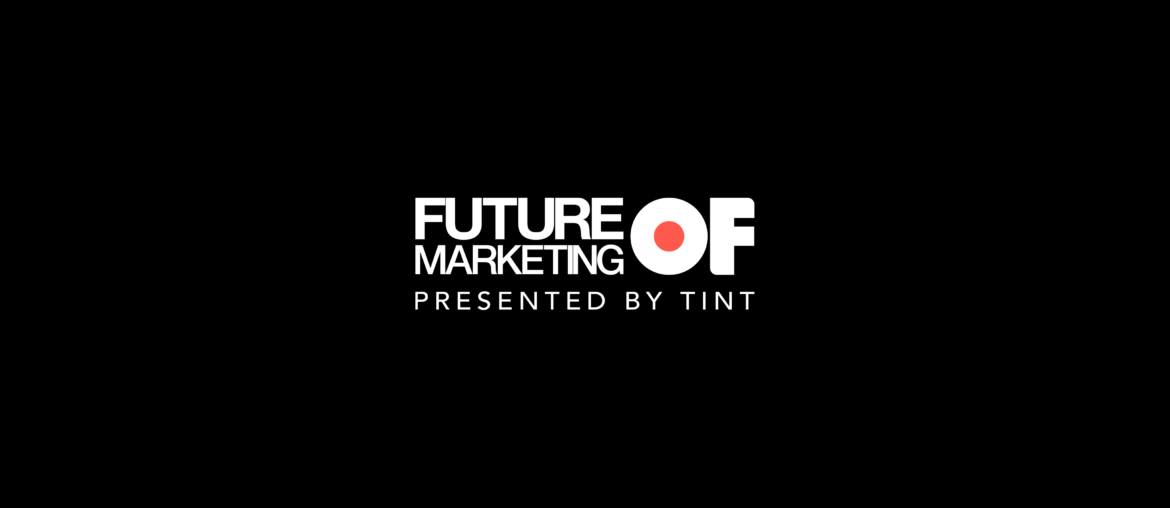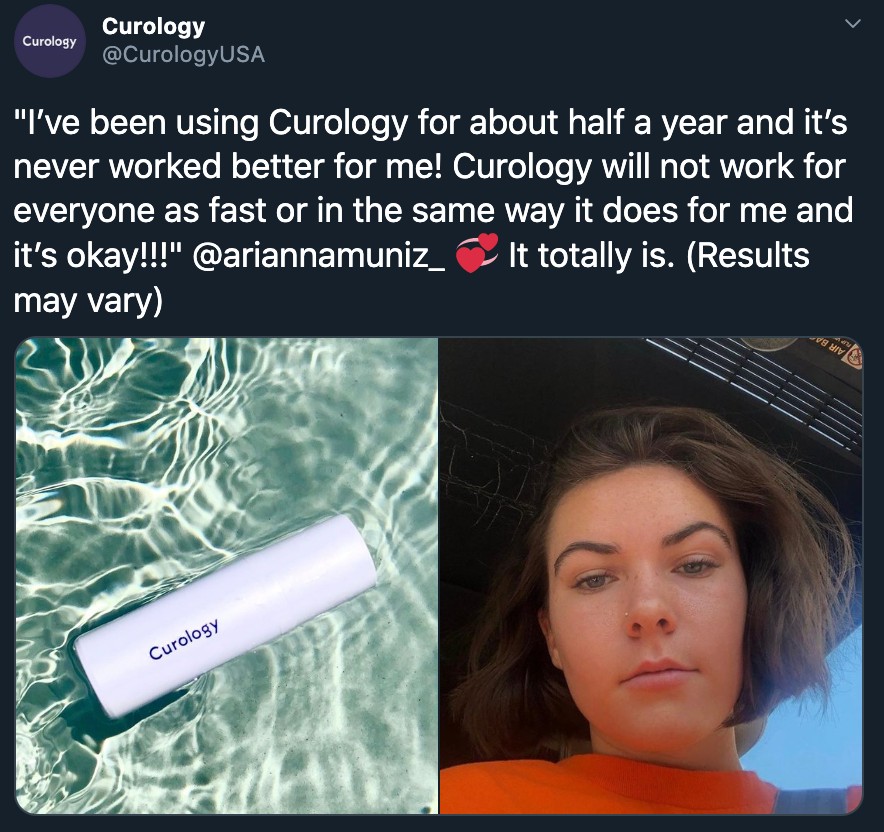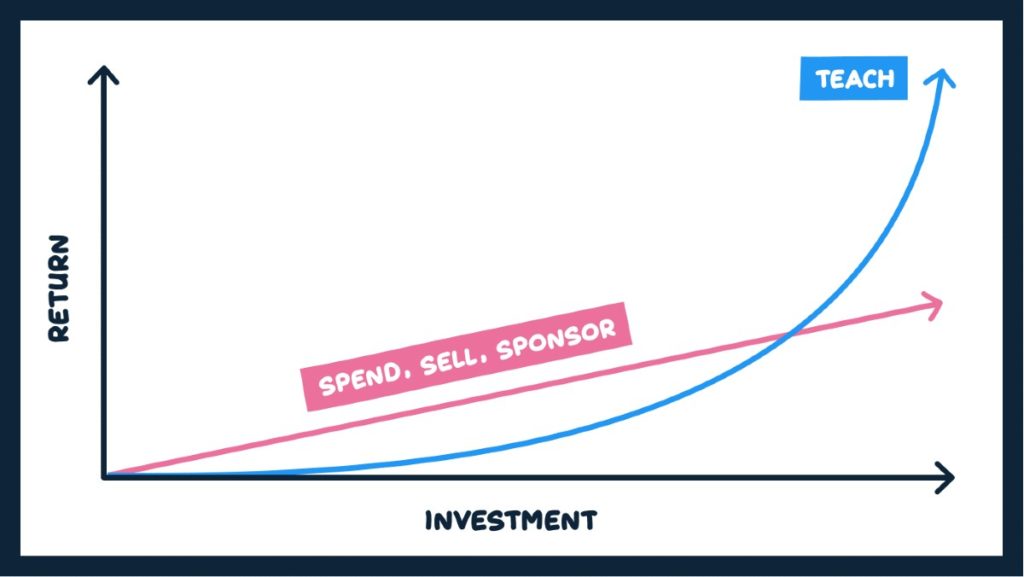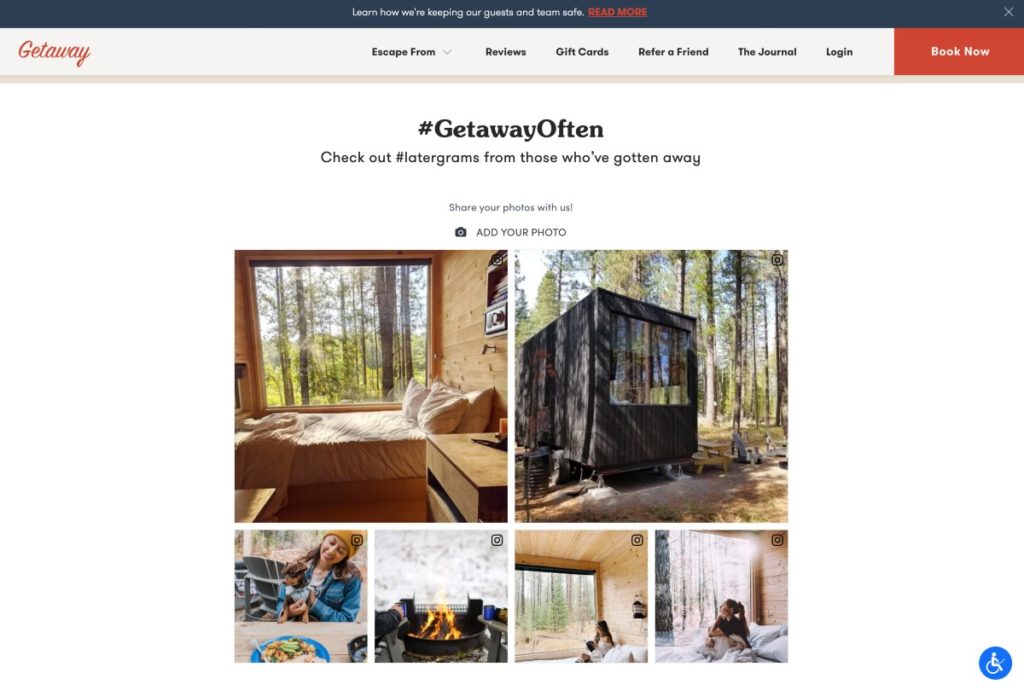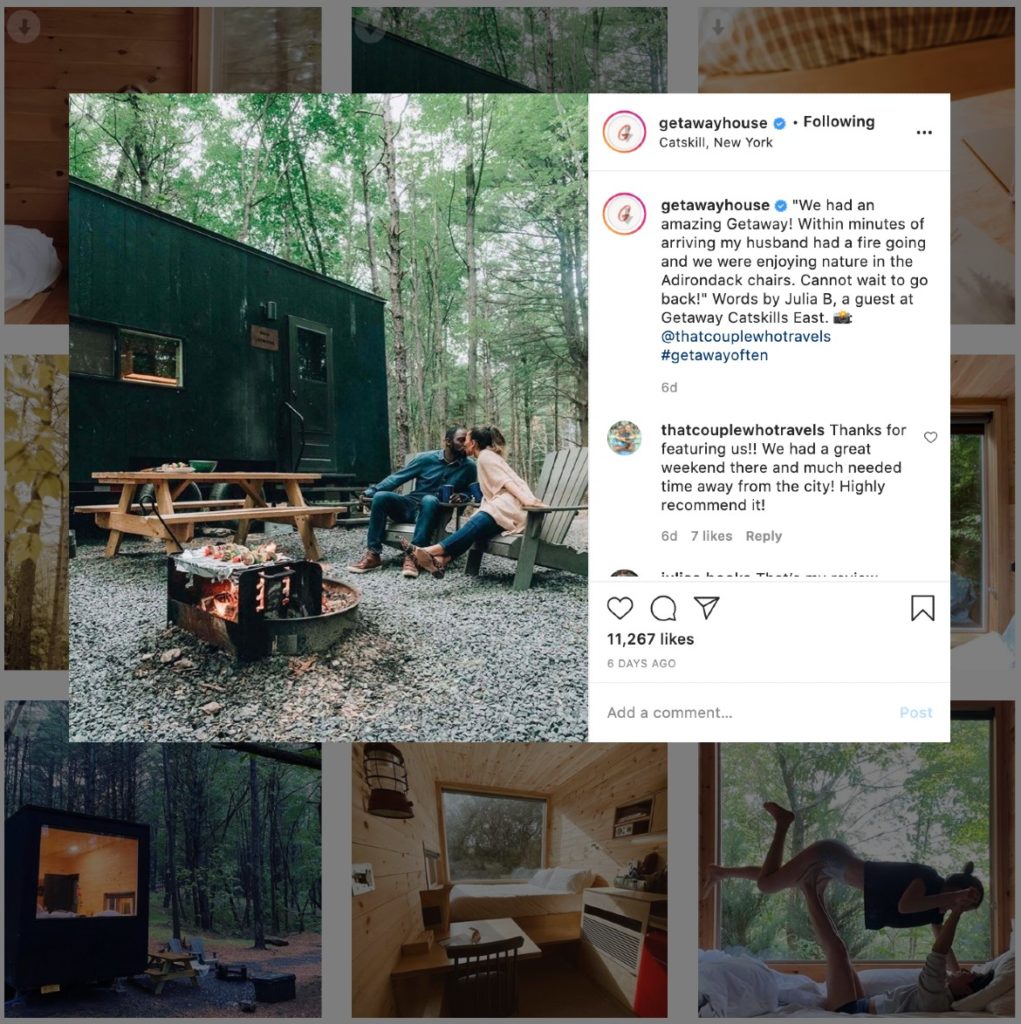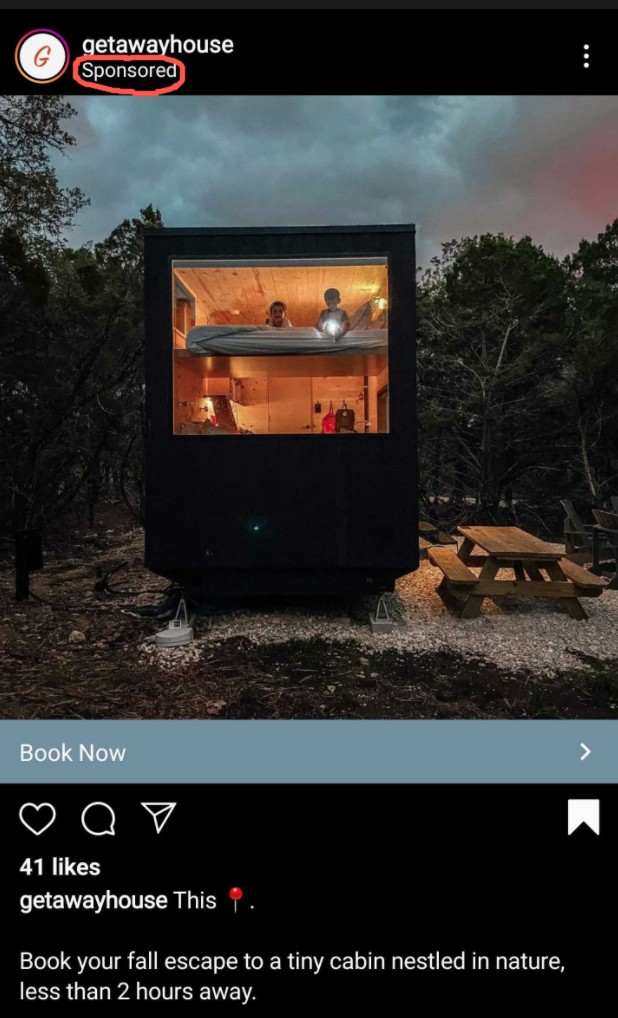This content originally appeared October 1, 2020 as part of the Future of Marketing weekly email series. Subscribe here.
Demand for user-generated content (UGC) surged across media this year. Social distancing made it challenging for ad agencies and production companies to create high-end original shows, ads, and commercials, so teams started searching for alternatives.
“Influencer and user-generated content has been growing for years, but 2020’s production limitations due to the pandemic have allowed this sort of ‘homemade’ content to become more of a rule than an exception,” said Neil Patil, Chief Commercial Officer of Tubular Labs.
The focus is now on modernizing content – the way it’s created, distributed, engaged with, and why.
Beauty and personalization in eCommerce
According to Econsultancy, beauty brands are capitalizing on increased demand for at-home beauty by personalizing (and elevating) the customer experience.
- Sephora partnered with Instacart to provide same-day delivery
- Bite Beauty, is engaging customers with a ‘Colour Expert’ via video call to customize colors
- Curology is repurposing testimonials as tweets
- And Amazon is launching Prime Day on October 13 –which sets the stage for early holiday promos and online shopping this year
Meanwhile, the rise in online shopping will only catalyze people’s expectations for faster delivery, early promos – and more personalized, trustworthy experiences.
Whether it’s investing in speed, a UGC specialist, improving product features, or revisiting your top-performing content – start by improving what you already have and adding more value to the experience you provide.
Travel, hospitality, and rising expectations
The travel industry isn’t expected to recover to pre-pandemic levels until 2023. Until then, airline workers are currently bracing themselves for mass layoffs. And Skyscanner recently published New World of Travel – which breaks down new trends and the rising complexities of decision-making.
“Traditionally, low-cost carriers have been very adept in understanding the price points that stimulate demand among different types of travelers. But travelers are now considering factors beyond just price, such as hygiene, safety and flexibility.”
Prediction: Domestic travel will be the first to recover. We’ll see more ‘staycation’ messaging, strict social distancing procedures, and flexible bookings with special incentives to encourage people to ‘travel safely’ during the holidays.
Lesson: Regardless of your industry, people favor brands they trust and those that understand them. And considering 92% of surveyed consumers trust word-of-mouth recommendations, user-generated content is an effective way to collect feedback, testimonials, and communicate how your brand is adapting to new expectations.
What we’re learning:
- Nine business travel trends expected within the next 12-18 months [Globetrender]
- Shopper motives and incentives in a digital-first world [BlueCore]
- Facebook promoted Alex Schultz, VP of Product Growth and Analytics, to CMO to blend purpose-led brand building with tech innovation. [Facebook]
- We interviewed Rachel Truair, Senior Director of Strategy for Confluent about her Perspective [Future of Marketing]
- Tip: Out-teach > Outspend [Marketing Examples]
#BrandCrush
Each week in #brandcrush we highlight exceptional brands that are channeling their customers’ voice to connect more authentically with their audience.
Getaway House offers simple escapes to tiny cabins nestled in nature, and shares user-generated content (UGC) of people’s experiences around the world.
But here’s the thing – they’re repurposing UGC in a flywheel versus traditional sales funnel to embrace sustainable content production.
This is how it works:
As you scroll down on its website, Getaway House displays a gallery of adventurous UGC encouraging people to tag #GetawayOften and submit their content.
This same user-generated content is then curated and repurposed on the company’s Instagram feed.
Then, Getaway House promotes relevant posts (see below) – and includes a ‘book now’ call-to-action (CTA) that leads back to the company’s website.
Hence, the flywheel.
By embracing UGC in the flywheel, Getaway House maximizes time spent creating, optimizing, and distributing existing content versus continuously creating new content.
As more brands and people go online, marketing will continue to evolve and sustainable content production will be become a norm – giving fans, employees, and customers the keys to produce content that builds trust and connection.
